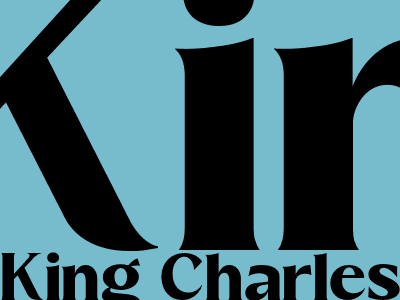King Charles’s Coronation: A Guide to the Historic Ceremony
A Royal Event of Unparalleled Significance
The coronation of King Charles III marks a pivotal moment in British history, steeped in tradition and symbolism. Set for May 6, 2023, at Westminster Abbey, this grand ceremony will solidify Charles's role as the nation's sovereign.
The Ceremony's History and Significance
Coronations have been an integral part of British monarchy for centuries, dating back to William the Conqueror in 1066. They represent the formal investiture of a new monarch with the symbols of their authority, including the crown, scepter, and orb. The ceremony is steeped in religious and cultural traditions that have evolved over time, reflecting the changing social and political landscape of the nation.
The Pageantry and Protocol
The coronation ceremony is a grand spectacle that unfolds over several hours, adhering to centuries-old protocols. The Archbishop of Canterbury presides over the service, administering the oath of coronation and anointing the monarch with holy oil. The sovereign then receives the crown, symbolizing their acceptance of the responsibilities and duties of the monarchy. The ceremony culminates in a procession to Buckingham Palace, where the new monarch appears on the balcony to greet their subjects.
Elements of the Ceremony
* **The Procession:** A grand procession involving the royal family, dignitaries, and members of the armed forces escorts the monarch to Westminster Abbey. * **The Recognition:** The sovereign is formally presented to the people, who signify their acceptance by shouting "God save the King!" * **The Coronation Oath:** The monarch swears an oath to uphold the laws and customs of the realm, maintain the Protestant faith, and administer justice with mercy. * **The Anointing:** The Archbishop of Canterbury anoints the monarch with holy oil, symbolizing their divine authority. * **The Crowning:** The monarch is crowned with St. Edward's Crown, representing their sovereignty. * **The Investiture:** The monarch receives the scepter, symbolizing their temporal power, and the orb, representing their dominion over the world. * **The Homage:** Representatives of the nobility, clergy, and judiciary pay homage to the new sovereign, acknowledging their allegiance. * **The Communion:** The monarch partakes in Holy Communion, symbolizing their spiritual connection to the nation. * **The Enthronement:** The monarch is enthroned on the Chair of Estate, signifying their official assumption of the throne.
Conclusion
The coronation of King Charles III is an event of immense historical and cultural significance. Its pageantry and protocol reflect centuries of tradition, embodying the enduring legacy of the British monarchy. As the nation prepares for this grand occasion, it is a testament to the enduring power and symbolism of the Crown.

King Charles
Comments